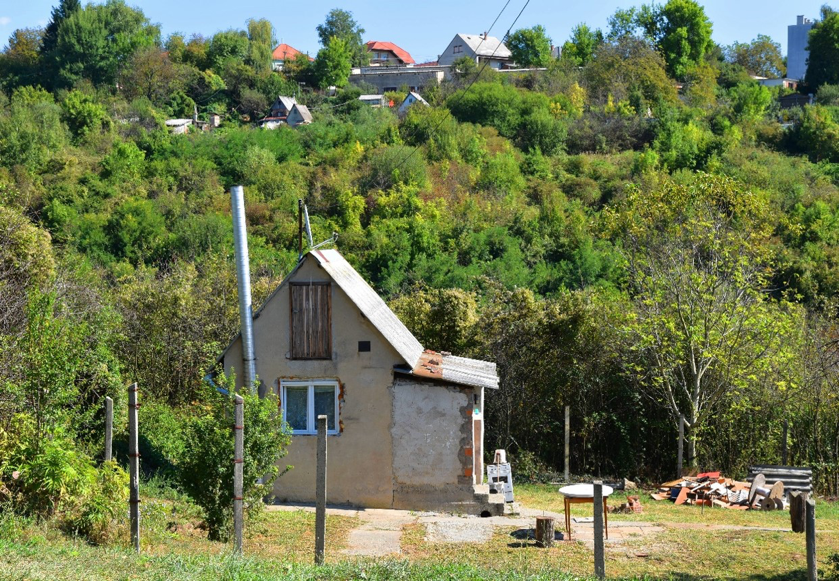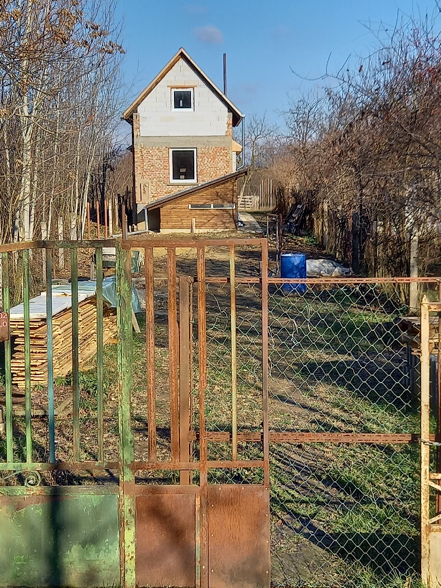Writing Task. Informal Housing in Peri-Urban Budapest (english)
For the Hungarian version of this task check here.
Description : Since the turn of the 20th century, informal peri-urban housing has played an important role in Budapest’s metropolitanization and the reproduction of its economy’s labour needs, providing cheap housing and commuting opportunities for workers moving into the capital. The following sources (documentaries, studies, and newspaper articles) provide information on informal settlements in Budapest’s District XXI. The first group of sources presents the context in which the informal settlement of Lakihegy was established during the socialist era (which is now a formal residential area), while the second group of sources describes the transformation of the former allotment gardens of the Csepel-Háros neighbourhood, along with the processes and conflicts surrounding its transformation into a residential area.

|
 |
|
|---|---|---|
|
Dwelling in
allotment gardens. Southern Transdanubia, Hungary. |
Dwelling in
allotment gardens in Budapest |
Sources :
- Documentary: Lakihegyiek. Világváros határában: (rendező: Berkovits György és Lugossy István).
- Newspaper Article: Nánássy Zoltán (1980): Szükség törvényt bont. A lakihegyi példa. Mozgó Világ 6 (1) pp. 3-16.
- Vigvári, András (2022): Dwelling in Hungarian Allotment Gardens (“zártkert”). In: Zahariev, B. & Yordanov, I. (2022). Informal Settlements in S. Münch and A. Siede (eds.), PusH Working Paper Series, Working Paper 5 (Version 06/2022). PusH Strategic Partnership, Open Society Institute - Sofia. p 17ff.
Task
: Through a
thorough analysis of the sources, learn about the history of the informal neighbourhoods
of Lakihegy (established during the socialist period) and of Csepel-Háros (having
urbanised after 1989-90). As you read through the sources, answer the
following questions by describing these points:
- How did/does the concentration of capital and population around the capital city influence the urbanisation of these areas?
- What kind of urban housing processes have contributed to the urbanisation of the two areas?
- What was the typical housing mobility background of the households moving into these areas?
- How did/does the local state relate to the residential use of these areas?
- What are the perceptions of the residents about their own neighbourhood?
Teamwork
: Students should form groups
and fill in the table below using their knowledge derived from the above
sources. Each group should discuss one of the aspects in detail, and then the
groups should report to each other on the aspects they selected and discussed.
|
The Lakihegy case |
Aspects |
The Csepel-Háros case |
|
|
The influence of the concentration of capital and population around the capital city on the urbanisation of these residential areas |
|
|
|
The influence of the capital city’s housing processes on the establishment of these residential areas |
|
|
|
The housing mobility patterns of the households moving into these areas |
|
|
|
The relation of the local state to the informal settlement of these areas |
|
|
|
The perceptions of the residents about their own neighbourhood |
|